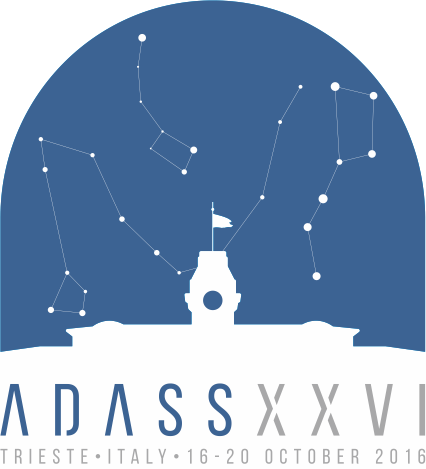Salgado Jesús
Contact
- Position:
- ESAC - ESA Science Astronomy Centre, Madrid, Spain
- Address
- Spain
Miscellaneous Information
- Miscellaneous Information
-
Abstract Reference: 30774
Identifier: O2.3
Presentation: Oral communication
Key Theme: 4 Long-term Management of Data Archives
ESASky: A simple/performant interface on massive astronomical dataAuthors:
Salgado Jesús, Merín Bruno, Giordano Fabrizio, Baines Deborah, Racero Elena, López Martí Belén, María Sarmiento, Gutiérrez Raúl, De Teodoro Pilar, Arviset Christophe,Over the past few years, the amount of astrophysical data and resources available for the scientific community at the different project science archives at the European Space Astronomy Centre (ESAC) is growing quickly. The way to offer these data to the community has been done, historically, through the implementation of individual project archives that offer a detailed and easy access from the different missions.
However, multi-wavelength and heterogeneous discovery of data could be cumbersome and it usually requires specific knowledge of mission dependent language.
The ESAC Science Data Center (ESDC) has developed a science-driven discovery portal, called ESA Sky (http://sky.esa.int), that allows the exploration of astronomical resources and that serves already most of the data of all the ESA astronomical missions. Also, it is in the process to be extended to missions from other organizations as an important resource for the astronomical community.
ESA Sky interface is simple, intuitive and project agnostic and, to fulfill these difficult tasks, it makes use of different engineering techniques like, e.g., visualization of multi-order all-sky mosaics based on HEALPix (HiPS), mission coverages (MOC) and observational footprints. At server side, other techniques like TAP services on common data models for fast and performant searches, DB geometrical indexes, internal connections between databases and wrappers around the project archives to download the final science ready data are needed to allow the handling of big amounts of data in a simplified way.
We will present all the techniques that have been used to allow the presentation of these multi-wavelenght and massive data in a simple and performant web-based interface and, also, the current status of the tool and future plans.



